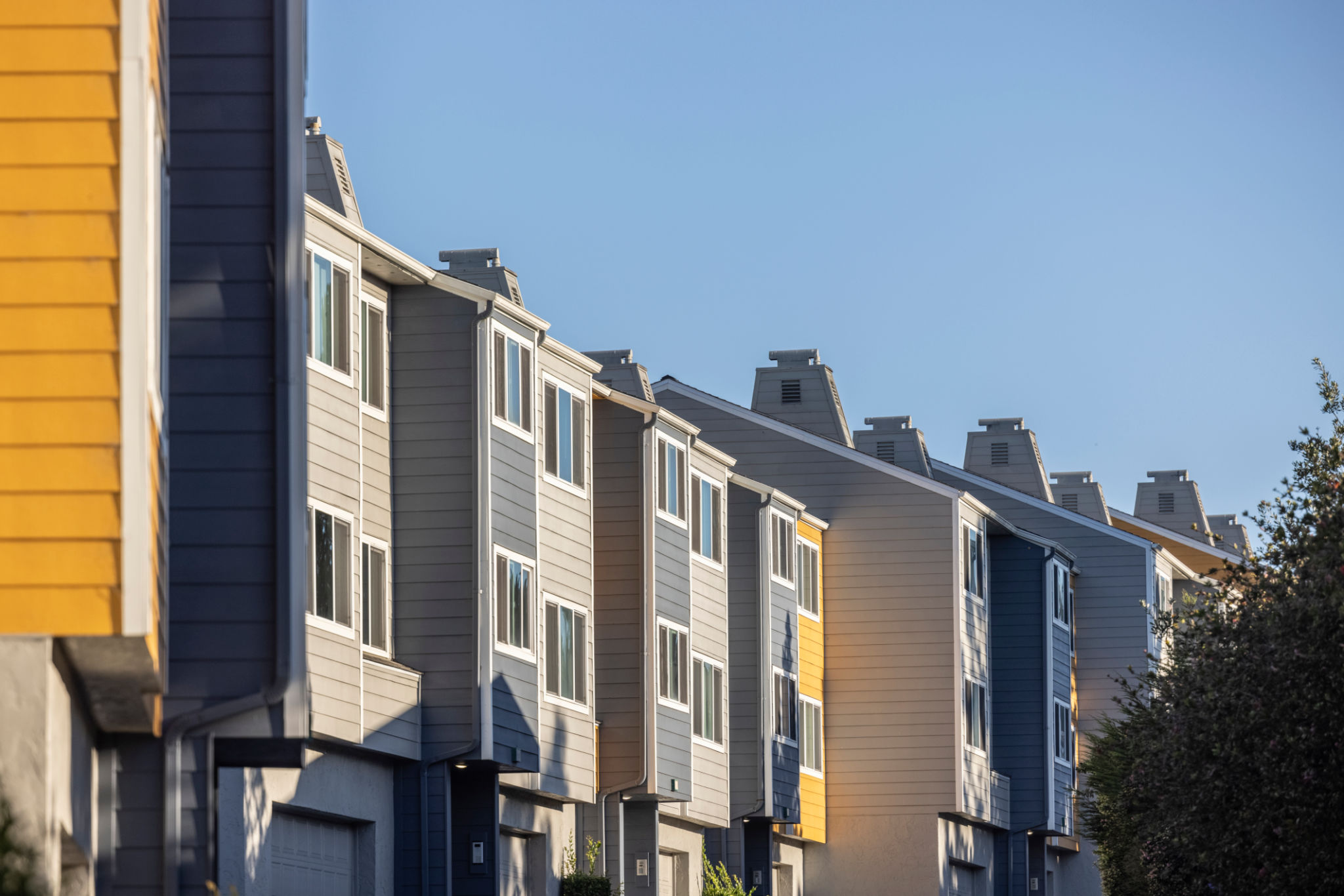Frequently Asked Questions About Section 8 Rental Processes
What is Section 8?
Section 8 is a federal assistance program designed to help low-income individuals and families afford housing. Officially known as the Housing Choice Voucher Program, it allows qualified participants to choose rental properties in the private market, with a portion of their rent subsidized by the government. This program aims to provide safe, decent, and affordable housing opportunities.
To participate, tenants typically need to meet certain income requirements and other eligibility criteria. Landlords who accept Section 8 vouchers must also comply with specific regulations to ensure their properties meet quality standards.

How Does the Application Process Work?
The Section 8 application process involves several steps. Initially, interested applicants must contact their local Public Housing Agency (PHA) to obtain an application form. Due to high demand, many PHAs maintain waiting lists and may only open them for new applicants at specific times.
Once an application is submitted, the PHA will review it to determine eligibility based on factors such as income, family size, and citizenship status. If approved, applicants are placed on the waiting list until a voucher becomes available.
What Happens After Receiving a Voucher?
After receiving a Section 8 voucher, participants have a limited time frame to find suitable housing. This means locating a property that accepts vouchers and meets the program's housing quality standards. The chosen unit must also fall within the PHA's payment standards for rent.
Once a potential rental is identified, the PHA will conduct an inspection to ensure the property meets all necessary requirements. If the unit passes inspection, the landlord and tenant can finalize the lease agreement.

What Are the Responsibilities of Landlords?
Landlords who participate in the Section 8 program must adhere to specific responsibilities. First, they need to ensure their property complies with health and safety standards as outlined by the PHA. Additionally, landlords must complete necessary paperwork and agree to the terms of the Housing Assistance Payments (HAP) contract.
The landlord is responsible for maintaining the property and addressing any repairs or issues that arise. It's important for landlords to maintain open communication with both the tenant and the PHA to ensure smooth operation of the rental agreement.
How Are Rent Payments Handled?
Under Section 8, rent payments are structured so that tenants pay approximately 30% of their income towards rent, with the remaining balance covered by the government subsidy. The PHA directly pays landlords this subsidy portion on behalf of the tenant.
This arrangement provides stability for both parties. Tenants benefit from affordable housing options, while landlords receive reliable payments from the PHA each month.

What Are Common Challenges in the Section 8 Process?
A common challenge faced by both tenants and landlords is navigating the administrative aspects of the program. This includes managing paperwork, adhering to inspection schedules, and understanding eligibility requirements. High demand can also lead to long waiting periods for vouchers.
Additionally, some landlords may be hesitant to participate due to misconceptions about the program or concerns about property maintenance obligations. However, many find that Section 8 helps fill vacancies and provides a steady source of rental income.
Understanding these processes and preparing in advance can help both tenants and landlords successfully engage with the Section 8 program, ultimately making it a beneficial opportunity for all parties involved.